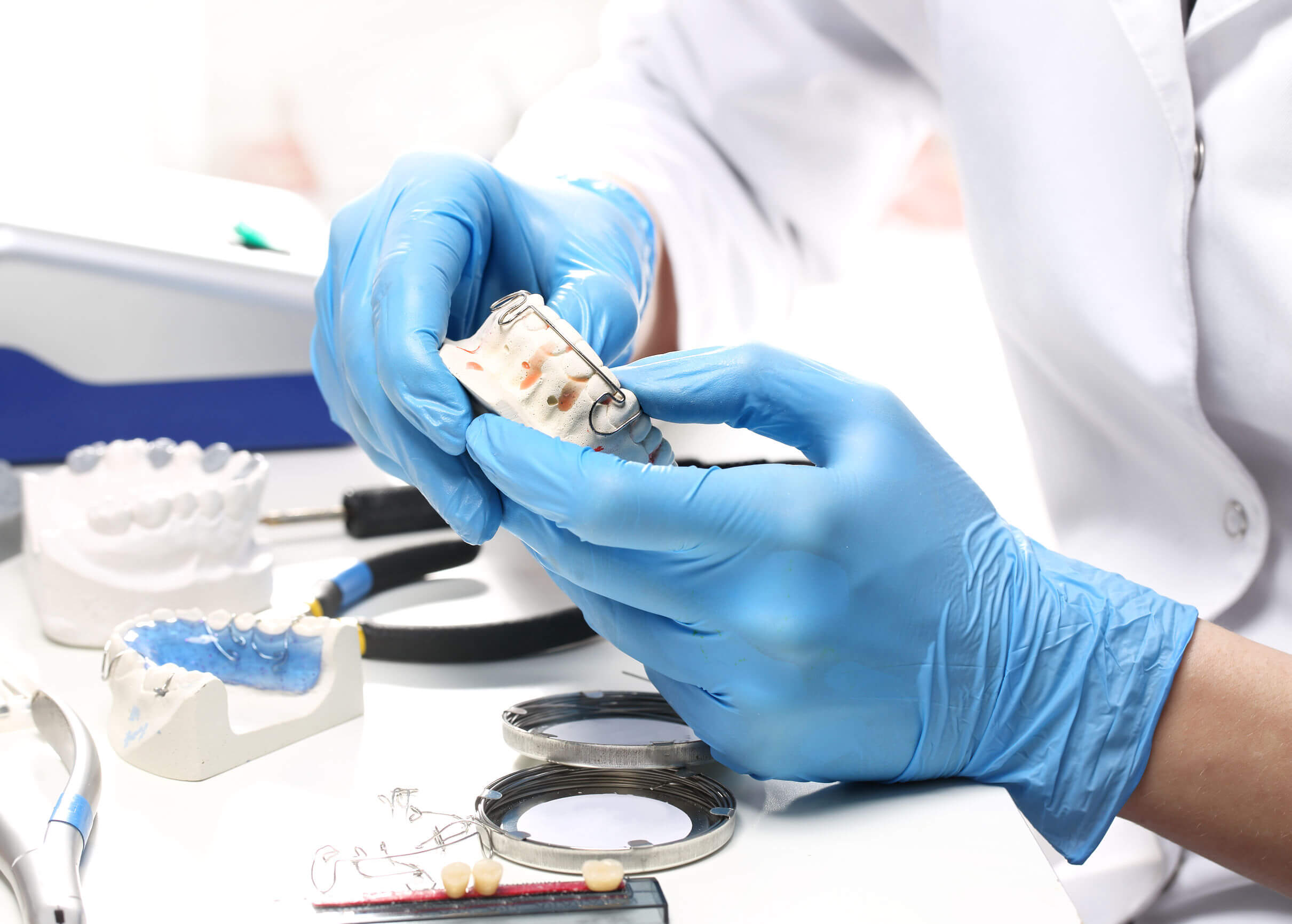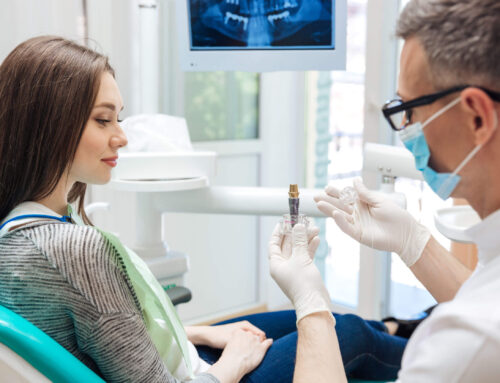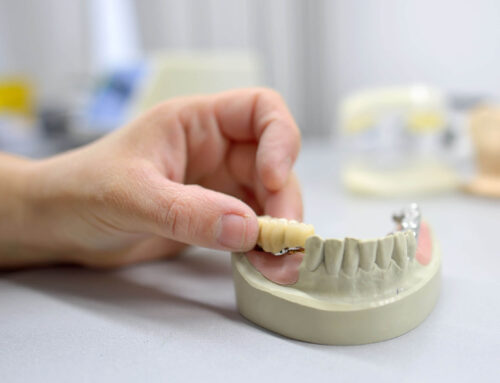Personal protective equipment (PPE) is primarily used to protect the worker from occupational hazards. However, it can also be used to minimize the risk of cross-contamination. It doesn’t just protect the worker from dangers, but also protects the manufactured dentures in a denture lab from contamination.
PPE is just as necessary to those working in the healthcare industry as those who work in construction and manufacturing. PPE continues to play a vital role in the protection of healthcare providers from the transmission of infection.
Types of Personal Protective Equipment
Some of the most commonly used personal protective equipment in a dental laboratory includes:
- Gloves help prevent contamination and reduce the spread of pathogens. Do take note, however, that gloves do not eliminate the possibility of hand contamination. You still need impeccable hand hygiene before and after using gloves.
- Gowns protect dental technicians from the penetration of blood or other bodily fluids from contaminated items. Likewise, it also protects the appliances they are working on from any contaminants on the technician’s clothes.
- If correctly worn, masks can protect dental technicians from infectious particles. Conversely, masks can also help protect the dental appliances from being contaminated by the technician.
- Safety goggles help protect the eyes from rogue projectiles while manufacturing dental appliances. Safety glasses may not work as effectively because of the opening at its sides.
How Does PPE Provide Infection Control?
PPE can be considered as an infection control precaution for the dental teams, as well as the dental laboratory technicians. Improper handling of contaminated items like casts, impressions, and other prosthetic appliances can cause cross-infection to personnel. Likewise, cross-contamination may also occur where the laboratory technician ends up infecting the dental appliances s/he is handling.
Occupational Risks
Dental laboratory technicians have a higher risk of infection transmission. They could potentially get infected via direct contact with infected blood or saliva through abrasions and cuts. Any indirect accidental percutaneous exposure when using sharp objects, such as a knife, can also potentially cause the transmission of infection. Other routes of transmission include spattering that is created during laboratory procedures and airborne contamination from microbial-laden aerosols. However, the greatest risk of exposure for dental laboratory technicians is the indirect contact through cross-contamination. The cases being processed, such as prostheses, impressions, and appliances, move back and forth between the laboratory and the operatory setting. Microorganism could easily be transmitted during this time from operatory to laboratory.
If technicians do not wear proper PPE, they are at a higher risk of getting infected. And, in turn, they may contaminate other items they are working on. All denture lab technicians from Dani Dental Studioin Phoenix wear proper safety and personal protective equipment while working on any dental appliance to prevent cross-contamination.




